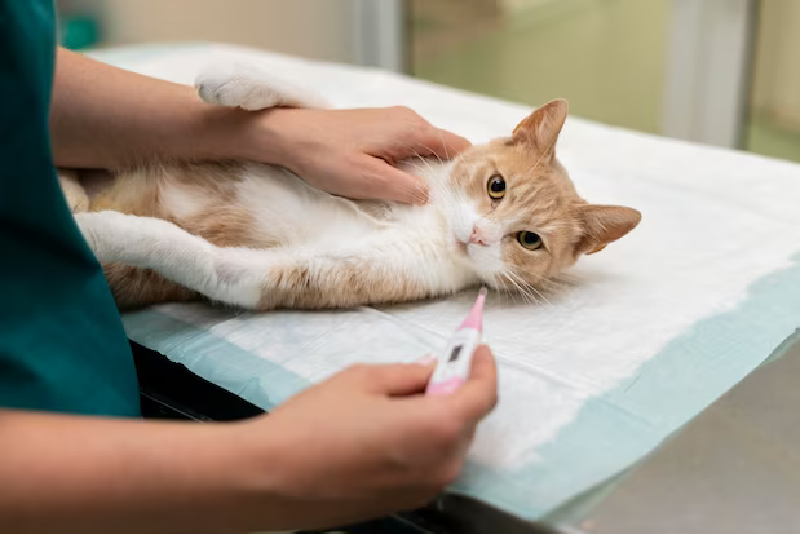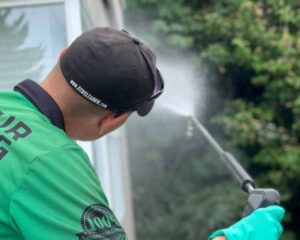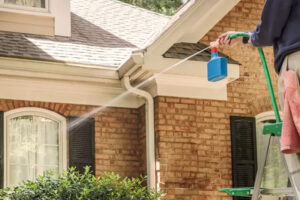
As a pet owner, you want your cat to be healthy and happy. But did you know that Feline Tooth Resorption is a common and often overlooked problem that can cause severe pain and discomfort for your furry friend? This silent killer often goes undetected because cats are masters at hiding their pain. Studies show that up to 60% of cats over the age of 3 suffer from tooth resorption. Fortunately, with proper Veterinary Dental Care, this condition can be treated, and your cat’s teeth can be saved. In this article, we will explore the causes and symptoms of feline tooth resorption, and discuss how regular dental check-ups and procedures can improve your cat’s overall health and well-being. So, if you want to keep your feline friend’s teeth healthy and pain-free, read on to learn more about this silent killer.
What is Feline Tooth Resorption?
The also known as feline odontoclastic resorptive lesions (FORL), is a painful condition where the cat’s body starts to dissolve the tooth structure, leading to the loss of the tooth. It is a common dental condition found in cats, with studies indicating that up to 60% of cats over the age of 3 suffer from it. The cause of feline tooth resorption is not entirely known, but there are some theories. Some researchers believe that it is a result of inflammation or trauma to the tooth, while others suggest that it may be due to a nutritional imbalance or a viral infection. However, the exact cause remains a mystery.
Symptoms of Feline Tooth Resorption
They are often referred to as a silent killer because cats are very good at hiding their pain. However, there are some signs that you can look out for. One of the most common symptoms of feline tooth resorption is excessive drooling or pawing at the mouth. Your cat may also have difficulty eating or refuse to eat altogether. Some cats may also show signs of pain when you touch their mouth or head. Other signs to look out for include bad breath, bleeding gums, and loose teeth.
As the condition progresses, your cat may become more lethargic, lose weight, and show other signs of illness. It is essential to keep an eye out for these symptoms and seek veterinary care if you suspect that your cat may have feline tooth resorption.
Diagnosis of Feline Tooth Resorption
Diagnosing feline tooth resorption can be challenging, as the condition is often asymptomatic in its early stages. However, your veterinarian can perform a thorough dental examination to check your cat’s teeth for any signs of resorption. They may also use dental X-rays to determine the extent of the damage.
Treatment of Feline Tooth Resorption
The treatment on the extent of the damage and the location of the affected teeth. In many cases, the affected tooth will need to be extracted to prevent further pain and discomfort. However, if the condition is caught early, it may be possible to save the tooth through a root canal or other dental procedure.
Your veterinarian may also prescribe pain medication to help manage your cat’s discomfort during and after the procedure. It is essential to follow your veterinarian’s instructions carefully to ensure that your cat makes a full recovery.
Importance of Veterinary Dental Care for Cats
Regular veterinary dental care is essential to keep your cat’s teeth healthy and pain-free. Dental check-ups can help catch dental problems early before they become more severe and require more invasive treatments. Your veterinarian can also provide you with advice on how to care for your cat’s teeth at home, such as brushing their teeth and providing them with dental-friendly treats and toys.
Preventative dental care is particularly important for cats, as they are prone to dental problems as they age. By keeping up with regular dental check-ups, you can help prevent dental problems from developing in the first place, and ensure that your cat’s teeth remain in good condition throughout their life.
Dental Care Tips for Cat Owners
In addition to regular veterinary dental care, there are several things that you can do at home to help keep your cat’s teeth healthy. Here are some dental care tips for cat owners:
- Brush your cat’s teeth regularly using a pet-friendly toothbrush and toothpaste.
- Provide your cat with dental-friendly treats and toys, such as dental chews and toys designed to promote dental health.
- Feed your cat a balanced diet that is rich in nutrients and avoids sugary or sticky foods.
- Schedule regular dental check-ups with your veterinarian to catch any dental problems early.
By following these tips, you can help ensure that your cat’s teeth remain healthy and pain-free throughout their life.

Conclusion
Feline Tooth Resorption is a common and painful dental condition that affects many cats. However, with proper veterinary dental care, this condition can be treated, and your cat’s teeth can be saved. By keeping up with regular dental check-ups and following good dental care practices at home, you can help prevent dental problems from developing in the first place and ensure that your cat’s teeth remain healthy and pain-free. So, if you suspect that your cat may have dental problems, don’t hesitate to seek Veterinary Dental Care. Your furry friend will thank you for it! Contact us at 843-964-7474.


















No Comments yet!